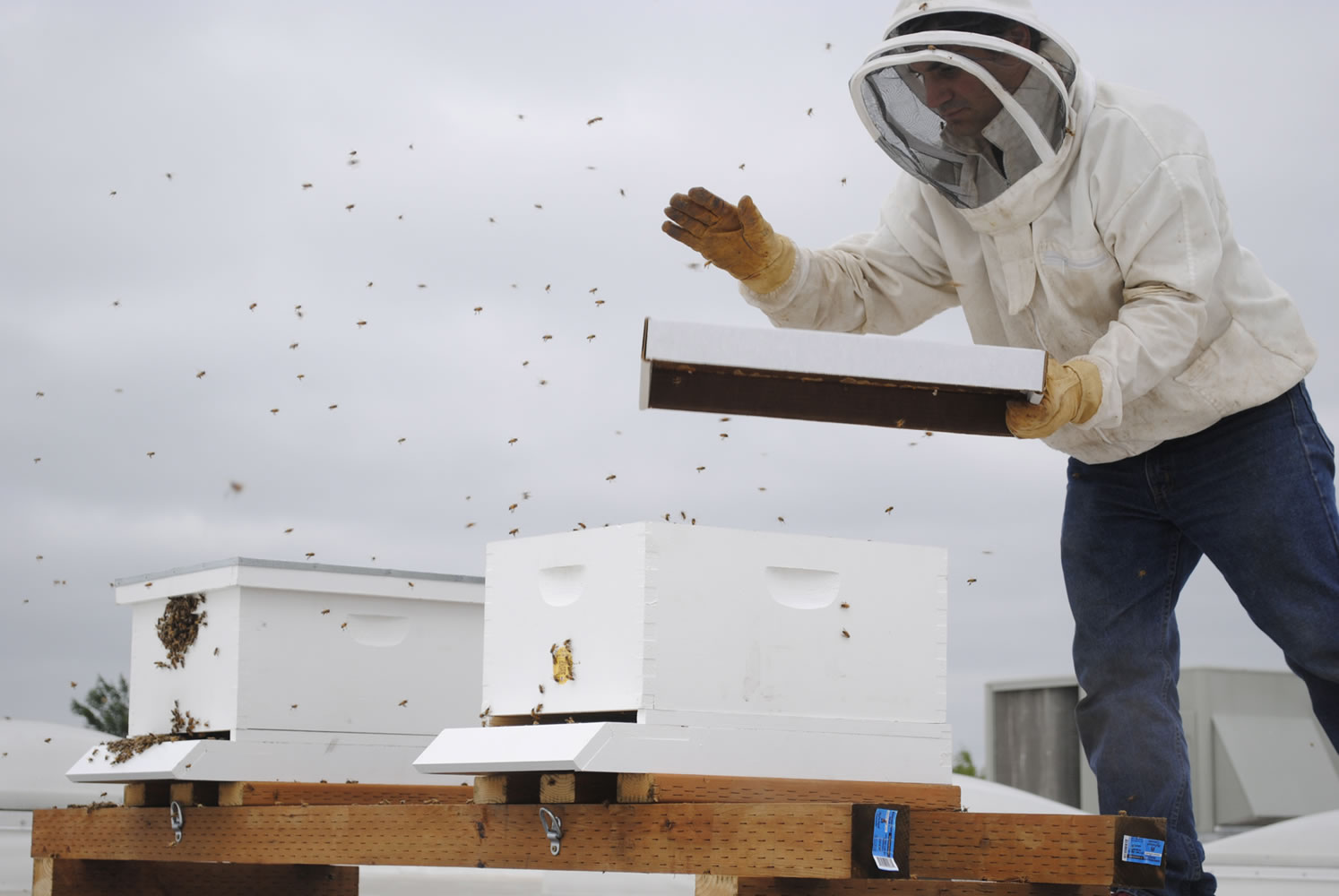An estimated 50,000 or more bumblebees, as well as some honeybees and ladybugs, were discovered dead June 15 at a Wilsonville, Ore., shopping center. After an investigation into the deaths — which occurred just two days before the start of National Pollinator Week — a Xerces Society specialist learned trees in the parking lot had been sprayed with a pesticide containing dinotefuran in order to control aphids.
Hundreds of dead bumblebees were also found on June 24 in Hillsboro, Ore., in a clump under a tree sprayed with Safari, the same brand used in Wilsonville.
On June 27, the Oregon Department of Agriculture temporarily restricted the use of 18 neonicotinoid pesticide products that contain dinotefuran while it continues to look into the mass deaths.
The Washington State Department of Agriculture denied a request on June 6 from Thurston County to stop the use of neonicotinoid pesticides on ornamental plants. WSDA Director Bud Hover told Thurston County commissioners in a letter that he’ll work to sponsor a study to evaluate potential risks of such chemicals.



